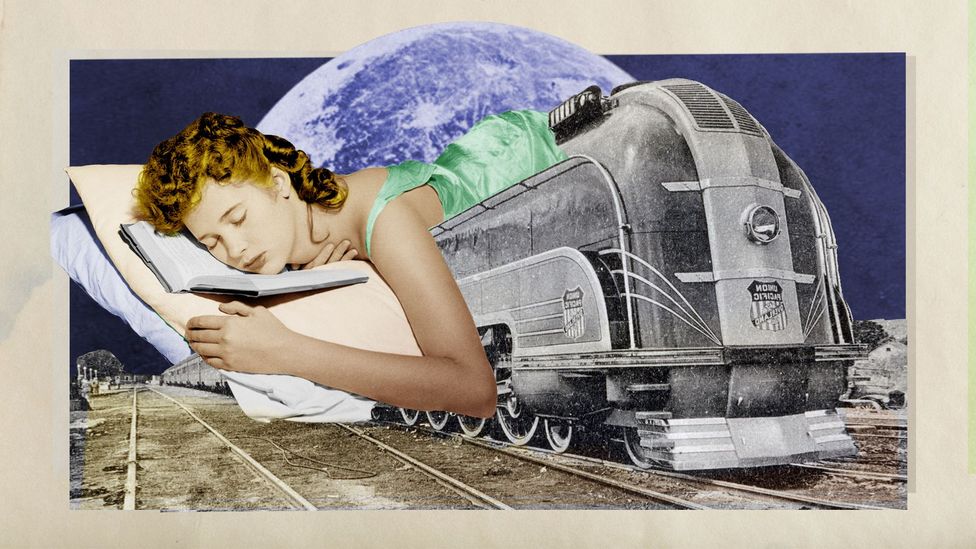
Similarly, areas of high value contrast, that is a difference of light and dark values, become the focal point (Lovett, 1998). As seen below, the focal point is the bright lipstick. This technique is used a lot in fashion photography. For example, areas of high saturation draw the eye (Price, 2014). Most commonly, saturation and value can be used to create a focal point. These can be used to guide the viewer, set the mood and tell a story. Saturation refers to the intensity of a colour while value refers to how light or dark it is (Price, 2014). Saturation and ValueĮvery colour has a hue, saturation and value. The hue establishes whether the colour is blue, orange, green-yellow etc (CGCookie, 2013). This is the identity of a colour separate from its saturation or value. While this is important for blending colours, even more important is understanding the different attributes of colour and how they can be used to achieve a mood, focal point or atmosphere.

Compound colours are mixtures of the three primary hues (browns and khakis) (Lovett, 1999). Secondary colours are created by mixing two adjoining primary hues and tertiary colours are created by mixing two adjoining secondary hues (Lovett, 1999).


BASIC COLOUR OVERVIEWīasically, all colours originate from the three primary hues: yellow, blue and red (Lovett, 1999). To use colour effectively, we must first understand basic colour theory, the different attributes of colour and to use them harmoniously. If compelling and meaningful choices are made, colour can be used to imply a characters personality or role within the story (Diaz, 2011). This is because colour greatly contributes to the mood and story of a piece (Price, 2014). In the same way, a character or scene will look thrown together or implausible if colour is not carefully considered throughout the design process. According to psychological market research, colour can account for up to 60% of the acceptance or rejection of a product (Kissmetrics, 2015).


 0 kommentar(er)
0 kommentar(er)
